On the Road is a weekday feature spotlighting reader photo submissions.
From the exotic to the familiar, whether you’re traveling or in your own backyard, we would love to see the world through your eyes.
Happy Monday. We have a great week ahead! Today we are back in Serengeti with Albatrossity, and then continue on from there with Uncle Eb, slightly out of order as I published #5 after #3. Just trying to see if anyone was paying attention. (Yeah, I’ll go with that.) We visit a lovely state park with frosty, and start what looks to be a fun trip to Italy with Elma. On Friday we are treated to photos from the land of fire and ice, gorgeous as always from Christopher Mathews.
Albatrossity
On our third day in Serengeti National Park we did the regular all-day game drive, then headed to another tent camp at Semutu; here’s a link with a pin placed on the tent that I occupied for the next two nights. This was close to a small river, and seemed to be a prime wildlife viewing area. A pride of lions was hanging out nearby, and Cape Buffalo tracks and dung were quite obvious along the pathways! More about that later.
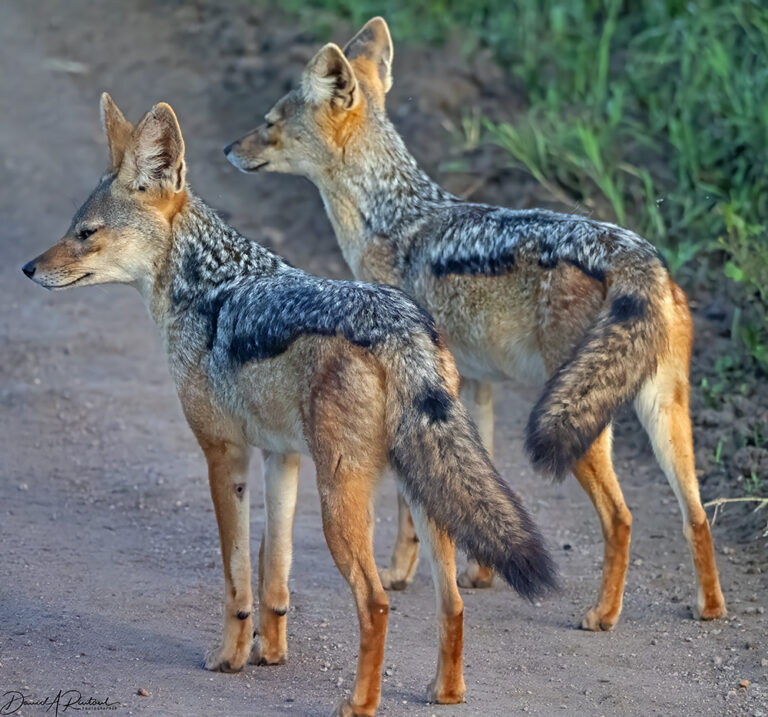
But the day started with more Black-backed Jackals (Lupulella mesomelas). This lovely couple was very nicely illuminated by the morning sun. Click here for larger image.
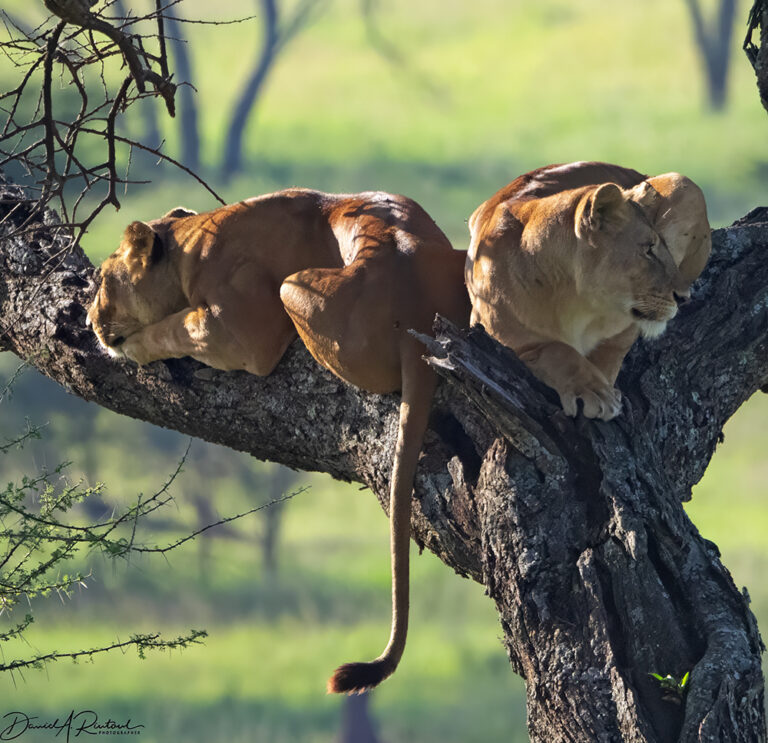
Our first destination that morning was a nearby grove of trees that was home to a group of lions known for their habit of climbing and lounging in the trees. Per usual with lions, they were not really doing much else besides lounging, but we (and quite a few other vehicle-loads full of wildlife-gawkers) spent a fair bit of time verifying that behavior. Click here for larger image.
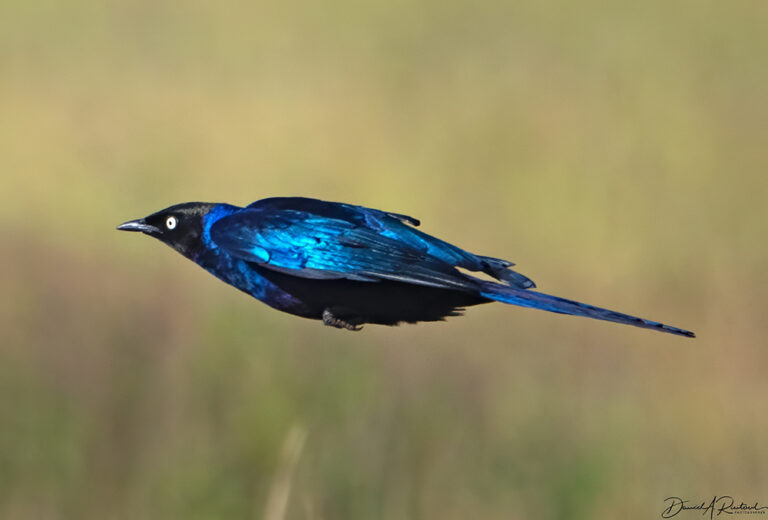
Things picked up, however, when we left the tree-climbing lions and headed to a nearby small lake. On the way we found this stunning bird, one of the many starlings found in Africa, Ruppell’s Starling (Lamprotornis purpuroptera). It is a large grackle-sized and very glossy starling. They apparently have a quite nice song, but we only heard them whistling and calling briefly, since their courting and breeding season was several months away. Click here for larger image.
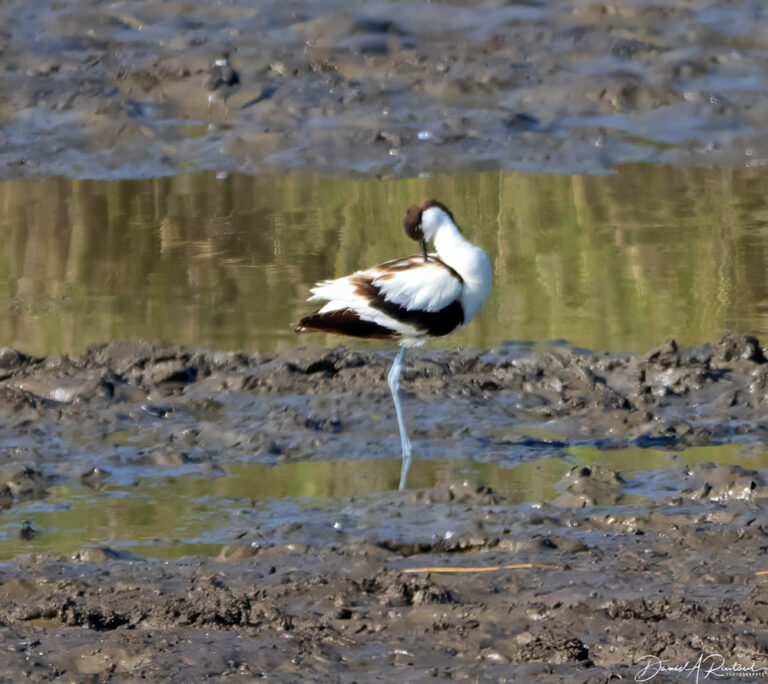
The lake shore was also quite birdy, with some very fine shorebirds, including this young Pied Avocet (Recurvirostra avosetta), which is the common avocet found in England, Europe and across Asia all the way to Japan and even Taiwan. The adults are black-and-white, but the youngsters have brown feathers in the feather tracts that are black in the adults. We saw quite a few of these young birds, so there must have been a breeding colony somewhere nearby. Click here for larger image.
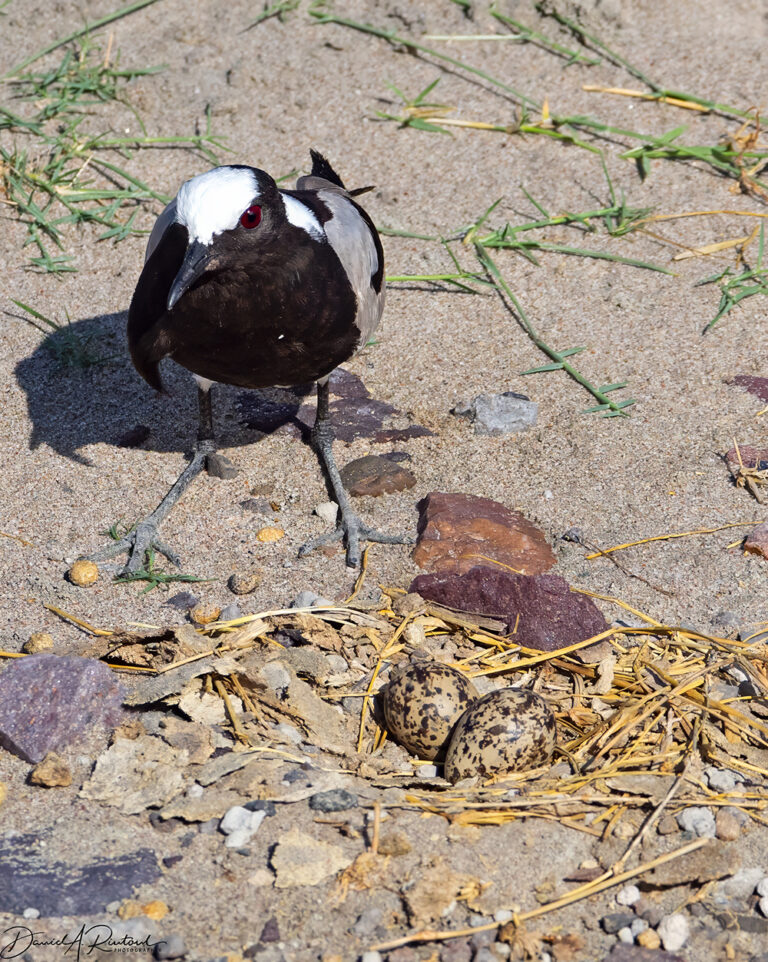
Another shorebird along that lake shore was this Blacksmith Lapwing (aka Blacksmith Plover, Vanellus armatus). It had two eggs in the nest scrape, and seemed quite proud of those. Shorebirds generally lay 4 eggs, so it had a couple more days of egg-laying before it could start incubating properly. But those eggs were probably kept pretty warm by the tropical sun that day. Click here for larger image.
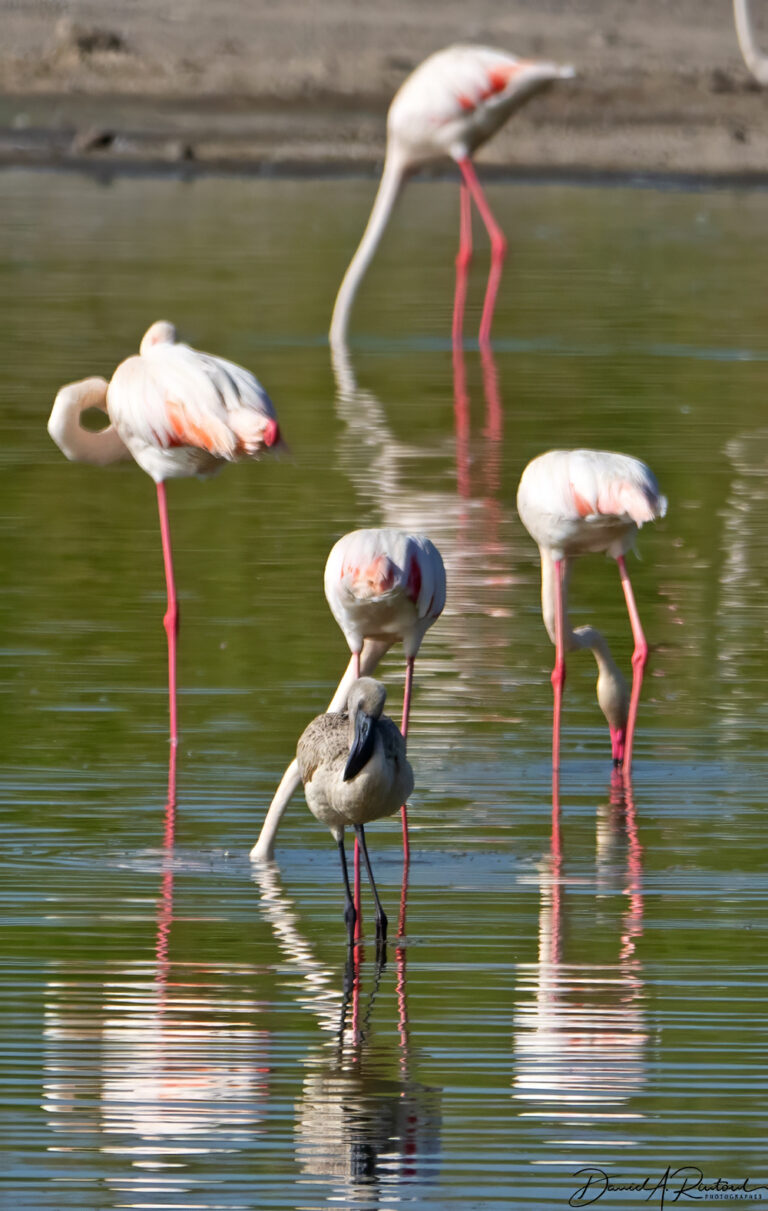
Another young bird that we saw was this Greater Flamingo (Phoenicopterus roseus); it’s the gray bird hanging out with the pinker adults. It’s not really smaller than the adults; it’s merely standing in deeper water. I would have loved to have seen a flamingo nesting colony, but this was as close as we would get. The largest African nesting colony of these birds is at Lake Natron, which is 30-40 miles east of where we were. Click here for larger image.
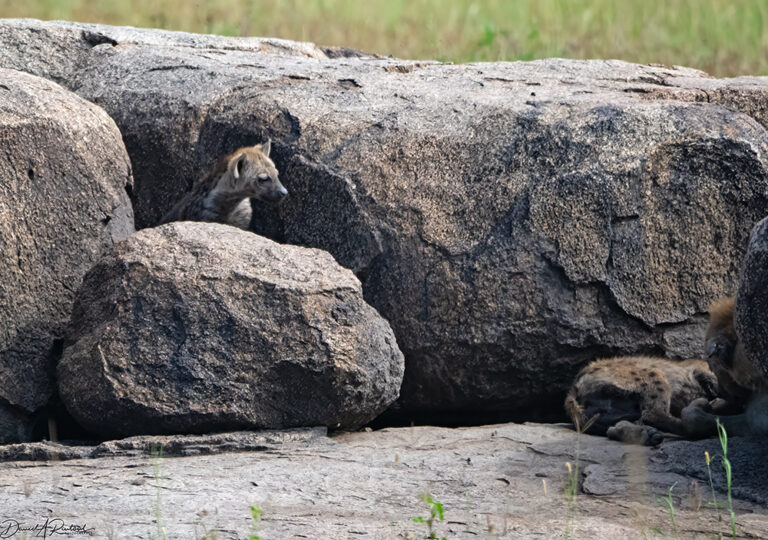
Our guides knew where there was a Spotted Hyena (Crocuta crocuta) den, and that was our next destination. Several of the adult hyenas were tasked with baby-sitting duty, but they seemed to be mostly asleep on the job. This young one was seemingly contemplating trouble, and indeed, as our vehicle left the area, it pounced on one of the unsuspecting baby-sitters. Click here for larger image.
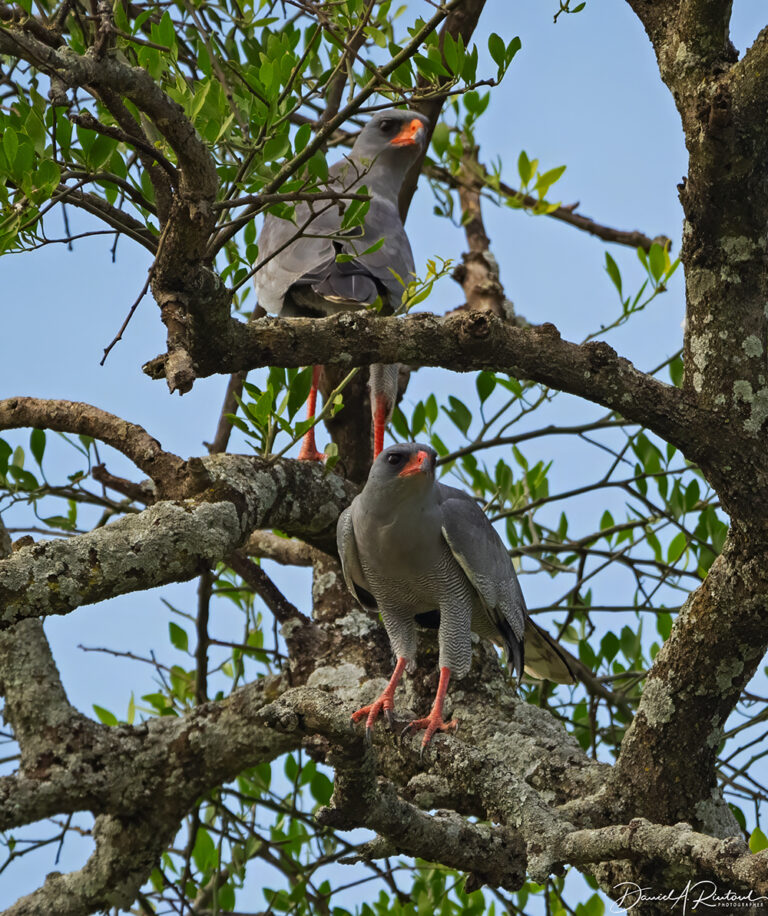
Not far from the hyena shenanigans we found a pair of one of my bucket-list birds for the trip. Dark Chanting Goshawks (Melierax metabates) are found across sub-Saharan Africa, and are simply gorgeous birds. This pair actually were courting, and copulated in that very tree while we were watching them, but the action took place on that upper branch where the larger female is perched. I have photos of this action, but with too many branches in the way, so that you will have to just use your imagination. Despite the name, the call is more of a whistled scream than a chant. But I was thrilled to add these to the life list that day! Click here for larger image.
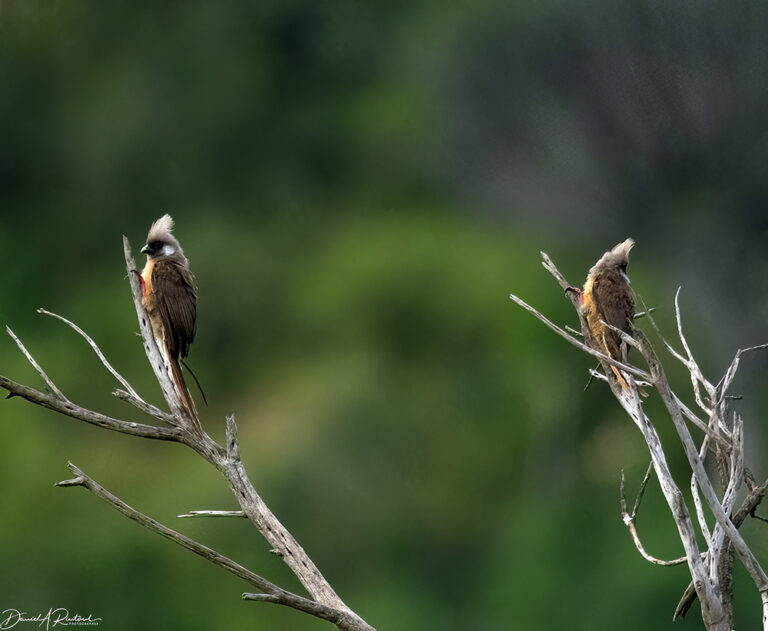
Another species that I had circled in the field guide while preparing for the trip, the Speckled Mousebird (Colius striatus) is one of six species in the order Coliiformes, which is the only bird order that is endemic to Africa. These birds were pretty distant, but this is the only mousebird species we saw, and this was the only time we saw them. Click here for larger image.
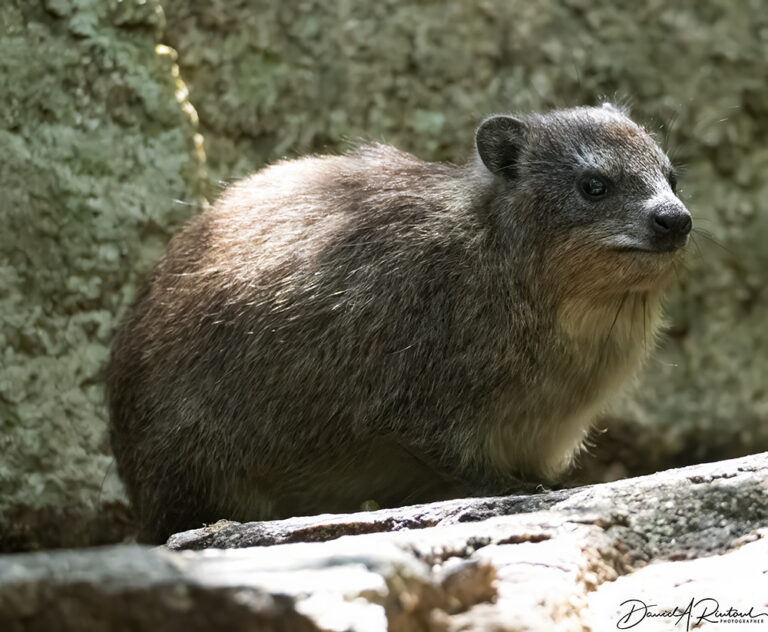
Another interesting critter, even though it is a mammal, was hanging out at a spot that we used for a lunch break, This is a Rock Hyrax (Procavia capensis), aka rock rabbit, cassie, and a couple of other names. As we all learned from National Geographic or Wild Kingdom or somewhere else, this 10 pound furred creature is fairly closely related to the elephants. As you may not have learned from those sources, male hyraxes do not have a scrotum; their testes are hidden inside the abdomen, tucked up around the kidneys. This anatomical anomaly is also shared by elephants and manatees. See if you can work that factoid into the next cocktail party conversation you find yourself in. Good luck! Click here for larger image.

pieceofpeace
Love being introduced to stunning species, often in twos! The Goshawks look elegant in their gray coats (right word?) that resemble knee knickers, set off by the colorful extremeties. Super selection today with jackals included.
Chris T.
That’s where they start out in all mammals. They stay there in females, and migrate (“descend”) in most males to reach a cooler climate. This process doesn’t always go well, producing “cryptorchids” (hidden testicle in Greek—doctors make their money by repeating your symptoms to you in Greek and then demanding hundreds of dollars for this diagnosis).
eclare
Those Goshawks are gorgeous!
raven
Dang!
OzarkHillbilly
Gotta love that Blacksmith Lapwing pic, a stunning bird.
SteveinPHX
A Speckled Mousebird!? Interesting name.
Thanks, as always.
WaterGirl
What an extraordinary collection!
Oh, and I noticed that I hadn’t made a Serengeti category for these, and I remedied that this morning. So if you click on Serengeti in any of the posts, you can see all of them.
mvr
Many stunning photos here. I’m not going to choose a favorite.
Thanks!
Yutsano
JACKALS!!!
*ahem*
I have to agree with the sentiment about the goshawks. Such stunning raptors!
cope
What an interesting and varied collection of creatures. Thanks for the pictures. I especially like the starling in stealth mode.
munira
Great photos – hard to pick my favorite but I do love the quality of light on the lions.
inyake
Has anyone watched Extraordinary Birder show on the National Geographic channel yet? I’ve only seen one episode, but it seems promising.
Gary K
Were they responding to “Calling All Jackals”?
way2blue
Gorgeous photos as usual, Albatrossity. The Serengeti looks to be an amazing place to explore.
WaterGirl
@Gary K: I feel certain that they were!
A woman from anywhere (formerly Mohagan)
@inyake: Yes, I’ve watched 3 episodes so far; nicely done. They were on New York City (including Central Park), Puerto Rico, and the big island of Hawaii. It’s great to see Christian Cooper parlay the notoriety from the Central Park incident into this informative series. He is such an sweet, nerdy, accomplished, enthusiastic birder. Good for him
And of course THANK YOU to Albatrossity for the fabulous photos. I particularly love the jackals, but the Goshawks were wonderful too.